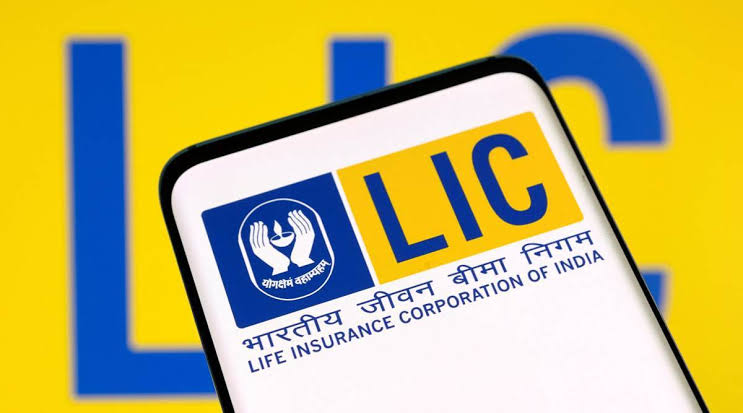Powerful Reasons Why LIC Legacy is Unstoppable in India
Introduction
When we think about financial security in India, one name naturally comes to mind — LIC (Life Insurance Corporation of India). Founded in 1956, LIC is not just an insurance company; it is an institution that has shaped the financial lives of millions of Indians. For decades, LIC has stood as a symbol of trust, security, and hope, ensuring that families are protected against uncertainties of life.
In this article, we will explore the history, facts, FAQs, timeline, significance, wishing, and daily life impact of LIC, along with why it continues to be one of the most important institutions in Indian society.
History of LIC
The Life Insurance Corporation of India (LIC) was established on 1st September 1956.
Before LIC came into existence, there were around 245 private life insurance companies operating in India. Many were not trustworthy, which often led to public mistrust in life insurance.
To restore faith and bring structure, the Government of India nationalized the life insurance industry and merged all companies into a single entity: LIC.
The initial capital was ₹5 crore, contributed fully by the Government of India.
Over time, LIC grew to become the largest life insurance company in India and one of the most trusted financial institutions globally.
Timeline of LIC
1956: LIC was founded through nationalization of 245 insurance companies.
1960s – 70s: LIC expanded its rural reach, bringing life insurance to villages.
1980s: Introduction of new insurance products targeting different age groups and needs.
1991: India’s economic reforms began, but LIC remained the leading insurer.
2000: Private insurance players were allowed into the market, ending LIC’s monopoly.
2010: LIC crossed the milestone of managing assets worth ₹10 lakh crore.
2022: LIC went public with the largest IPO in India’s history.
2025: LIC continues to lead with a customer base of over 250 million policyholders.
Interesting Facts About LIC
LIC manages assets worth more than ₹45 lakh crore (approx. $550 billion).
It is the largest institutional investor in India, with significant stakes in top Indian companies.
LIC has over 2,000 branch offices, 113 divisional offices, and a huge network of 1.4 million agents.
It provides life insurance to both urban and rural India, making it deeply connected with society.
LIC played a crucial role in nation-building, investing heavily in railways, roads, housing, and public sector enterprises.
It has consistently been ranked as one of the most trusted brands in India.
The LIC IPO (2022) raised ₹21,000 crore, marking it the biggest IPO in Indian stock market history.
LIC has products tailored for retirement, children’s education, health insurance, and wealth building.
It operates in 14 countries globally, including Nepal, Sri Lanka, and Fiji.
LIC is not just a company — for many families, it is a safety net for generations.
Significance of LIC
Financial Security: LIC provides security against life’s uncertainties — death, illness, and financial instability.
Nation-Building: It has contributed to infrastructure, industry, and government funding.
Trust Factor: Unlike private players, LIC is backed by the sovereign guarantee of the Government of India.
Social Reach: It penetrates rural India where awareness of financial planning was traditionally low.
Long-Term Investments: Encourages savings habits among millions of Indians.
Employment: Provides employment directly and indirectly to millions (agents, staff, financial advisors).
Importance of LIC in Our Daily Life
Life is uncertain, but LIC brings stability. From a farmer in a small village to a corporate employee in a metro city, LIC policies help in:
Education planning for children
Retirement pension schemes
Health coverage during medical emergencies
Wealth accumulation for future needs
Peace of mind knowing family is financially secure
In many Indian households, LIC premiums are treated as a compulsory monthly saving, shaping responsible financial behavior.
Wishing on LIC’s Journey
Happy 69+ Years of Trust and Security, LIC!
May LIC continue to touch millions of lives with financial safety.
Wishing LIC greater global expansion, digital transformation, and continued dominance in the insurance sector.
FAQs About LIC
Q1. When was LIC founded?
👉 LIC was founded on 1st September 1956.
Q2. Is LIC owned by the Government?
👉 Yes, LIC is owned by the Government of India, though it is now partly public after the 2022 IPO.
Q3. What makes LIC different from private insurance companies?
👉 LIC comes with a sovereign guarantee, meaning the Government backs its policies — a level of trust unmatched by private players.
Q4. Does LIC operate outside India?
👉 Yes, LIC operates in 14 countries including Nepal, Sri Lanka, and Fiji.
Q5. What is the largest milestone of LIC in the stock market?
👉 LIC’s IPO in 2022 was the largest IPO in India’s history.
Q6. How many people are insured by LIC?
👉 Over 250 million policyholders are insured by LIC.
Important Points to Remember
LIC is more than an insurance company; it is a national institution.
It provides trust, security, and hope to millions of families.
It has made significant contributions to India’s economic development.
LIC remains the largest life insurer in India, despite rising private sector competition.
It is one of the most impactful public institutions in Indian history.
Conclusion – The Daily Life Impact of LIC
The Life Insurance Corporation of India (LIC) is not just about policies and premiums — it is about people, trust, and security. For decades, it has been the financial backbone of Indian families, ensuring protection and long-term savings.
In today’s fast-paced, uncertain world, the role of LIC becomes even more significant. It has stood the test of time, survived competition, adapted to digital changes, and still holds the heart of India’s middle class.
The daily life impact of LIC is simple yet profound: peace of mind. Every policyholder knows that their loved ones will be taken care of, no matter what the future holds. That is why LIC is not just unstoppable but immortal in spirit.








